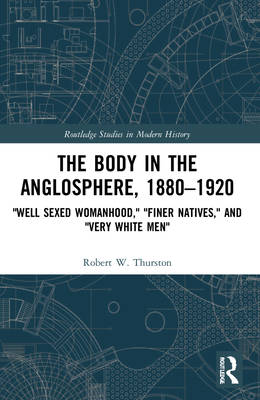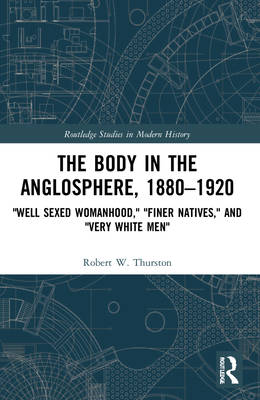
- Retrait gratuit dans votre magasin Club
- 7.000.000 titres dans notre catalogue
- Payer en toute sécurité
- Toujours un magasin près de chez vous
- Retrait gratuit dans votre magasin Club
- 7.000.0000 titres dans notre catalogue
- Payer en toute sécurité
- Toujours un magasin près de chez vous
The Body in the Anglosphere, 1880-1920
"Well Sexed Womanhood," "Finer Natives," and "Very White Men"
Robert W ThurstonDescription
Focusing on the body in every chapter, this book examines the changing meanings and profound significance of the physical form among the Anglo-Saxons from 1880 to 1920. They formed an imaginary-but, in many ways, quite real-community that ruled much of the world. Among them, racism became more virulent. To probe the importance of the body, this book brings together for the first time the many areas in which the physical form was newly or more extensively featured, from photography through literature, frontier wars, violent sports, and the global circus. Sex, sexuality, concepts of gender including women's possibilities in all areas of life, and the meanings of race and of civilization figured regularly in Anglo discussions. Black people challenged racism by presenting their own photos of respectable folk. As all this unfolded, Anglo men and women faced the problem of maintaining civilized control vs. the need to express uninhibited feeling. With these issues in mind, it is evident that the origins of today's debates about race and gender lie in the late nineteenth century.
Spécifications
Parties prenantes
- Auteur(s) :
- Editeur:
Contenu
- Nombre de pages :
- 308
- Langue:
- Anglais
- Collection :
Caractéristiques
- EAN:
- 9781032067711
- Date de parution :
- 25-09-23
- Format:
- Livre broché
- Format numérique:
- Trade paperback (VS)
- Dimensions :
- 152 mm x 229 mm
- Poids :
- 430 g







